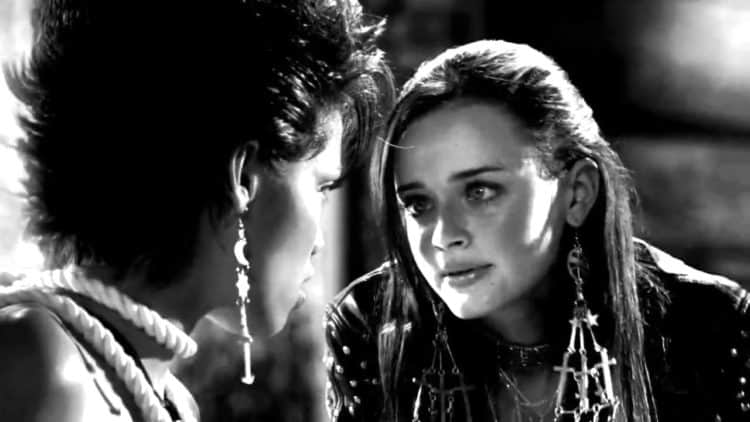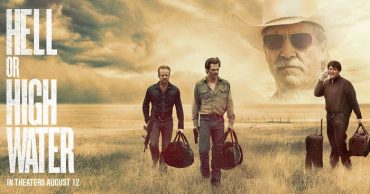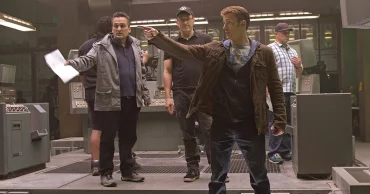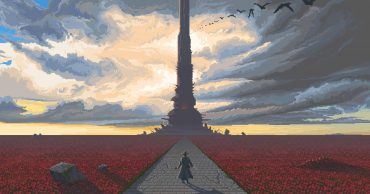
Film Noir was an era ahead of its time. A genre that is known for stylish, gritty, crime dramas that spawned classics such as Touch of Evil, The Maltese Falcon, and Out of the Past, this style of filmmaking dominated Hollywood cinema in the 1940s and 50s that emerged in the United States during the Great Depression. It was known for its low-key, black-and-white visual style that borrows from German Expressionist cinematography. Once the era of black films (a sub name for film noir) died down, neo-noir became a newfound genre and films such as Chinatown, Seven, L.A. Confidential, and Sin City carried the tradition of the classic genre while bringing its own set of style and uniqueness to the field. However, times change and the modern culture barely showcases the specialty genre that once dominated a historic period in Hollywood’s film history. What happened? How can the genre that birthed so many classics fade away close to obscurity?
As you know, the rules of cinema were vastly different during this time period. Psycho came out in 1960, and Alfred Hitchcock almost got in trouble for showcasing a flushing toilet! As you can imagine, the rules of cinema were highly different and the main source of film noir dying in cinema is due to the fact that times changed. The rules of filmmaking have become loose in today’s age, with a heavy dose of drugs, sex, and violence showcased without much censorship surrounding it; however, that freedom wasn’t always allowed. Movies such as Man with a Golden Arm, which depicts drugs, or Elia Kazan’s Baby Doll for the erotic content was seen as controversial and was challenged on multiple occasions. Some of the absurd Hollywood rules were: Lucille Ball from I Love Lucy fame had a pregnant character, but she was never allowed to say the world pregnant, or actresses weren’t allowed to show their belly buttons (at least on television).
Film Noir allowed filmmakers to bend the rules without getting into trouble as the movies usually depicted shady characters in a violent and corrupt world. More often than not, the violence wasn’t showcased onscreen, though as the culture changed, so did the rules. A movie like Sin City would’ve been edited intensely had it come out in the 40s or 50s. Marv cuts a man’s head off. Miho slices Jackie Boy’s arm off. There’s sex and boobs! Black films allowed crime dramas to be violent and grim, but they also had a moral code. More often than not, women were usually in the femme fatale role. Phyllis Dietrichson (Barbra Stanwick in Double Indemnity), Kathie (Jane Greer in Out of the Past), Sherry Peatty (Marie Windsor in The Killing) to even modern characters like Evelyn Mulwray (Faye Dunaway in Chinatown), Ava Lord (Eva Green in Sin City: A Dame To Kill For), and Amy Dunne (Rosamund Pike in Gone Girl), these female characters were a staple within the genre. However, the protagonist was always a male detective or private eye.
Film Noir didn’t slow down because of box office failures or the need for the world to move on from the grim tales of these crime dramas. They were often seen as cheap B-movies that usually featured no-name talent. Based on some of the film’s history, that wasn’t always the case, but it was never a major staple like superheroes are currently in the world of movies. Black films are still a prominent element showcased in modern films today though a writer/director making a full blown film noir movie likely wouldn’t see a successful return on his/her investment. Historically, the genre has failed to translate into box office success when a director dipped their toes into the genre post 1950s. Blade Runner is heavily influenced by film noir. The color palette, lead detective, and femme fatale, the themes perfectly align within the genre, but Blader Runner was a box office dud. That also goes for neo-noir movies like Drive, Sin City: A Dame To Kill For, or Basic Instinct 2. The genre will never be dead as it’ll always hold a special place in the world of Tinseltown, but the chances of Black films making a huge return are the same as silent films overtaking cinema once again. Anything is possible as it’s always better to say never say never, but the landscape has vastly changed to a point where filmmaking has evolved past the stages of film noirs. Lower level movies are mainly on the independent scene these days and even that world doesn’t particularly dabble in Black films because its just not a profitable genre.Psycho
 Follow Us
Follow Us





